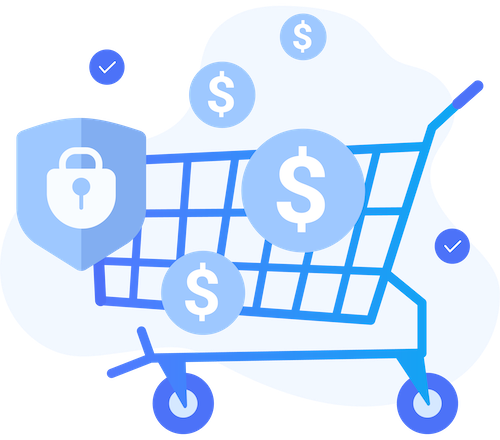The Buy Now, Pay Later Compliance Checklist
For Buy Now, Pay Later (BNPL) lenders, compliance requirements across your marketing programs can be tricky to navigate. Regulations governing industry lending are complex, broad, and oftentimes ambiguous—designed to protect consumers by covering a wide range of potentially deceptive or abusive acts and practices.
So, how can you ensure that your brand and merchant partners are compliant? We’ve compiled a checklist of the top items that Buy Now, Pay Later lenders should remember when crafting their compliance programs.

Industry-Specific Regulations
In May 2024, the Consumer Financial Protection Bureau (CFPB) issued an interpretive rule confirming that BNPL products will be regulated the same as credit cards under the Truth in Lending Act (TILA).
Some specific requirements include:
Advertising and Promotions
As part of your compliance program, you want to monitor your company’s marketing activities across all mediums. This includes your own marketing communications (across the web, calls, emails, messages, documents, social media, etc), third party pages, external blogs, and review sites for any instances of brand infringement or noncompliance with regulatory requirements.
Below are some items to consider to ensure compliant marketing materials and communications.
Clear and Transparent Terms
Accurate and Substantiated Claims
Mandatory Disclosures
Consumer Complaint Management
Complaint Management
Merchant Monitoring
Due Diligence
When it comes to choosing new merchants to work with, you should have a process for vetting them before deciding to do business with them.
When carrying out your due diligence, here are some things to consider checking:
Ongoing Monitoring
Once your merchants go live, continuously monitor their marketing content to ensure they’re abiding by appropriate rules, regulations, and guidelines.
Monitoring + Auditing
A system in place to monitor for compliance across the multiple marketing channels and platforms, including (but not limited to):
Enforcement + Remediation
Have a clear action plan for non-compliance by an employee, merchant, partner, or third party. This may include:
Technology
Implement a marketing compliance software or tool to help monitor activity and ensure compliance with regulations that includes:
Kick-start your Buy Now, Pay Later compliance program with experience.
With deep industry experience, PerformLine equips BNPL companies with a comprehensive compliance platform to navigate a complex industry and consumer protection regulations. Through machine learning, predictive analytics, and years of experience with regulators and clients in highly regulated industries, our platform is the backbone of many leading Buy Now, Pay Later compliance programs.
Your business moves fast. Make sure your compliance program moves in sync with it using PerformLine's comprehensive, flexible, and scalable technology.